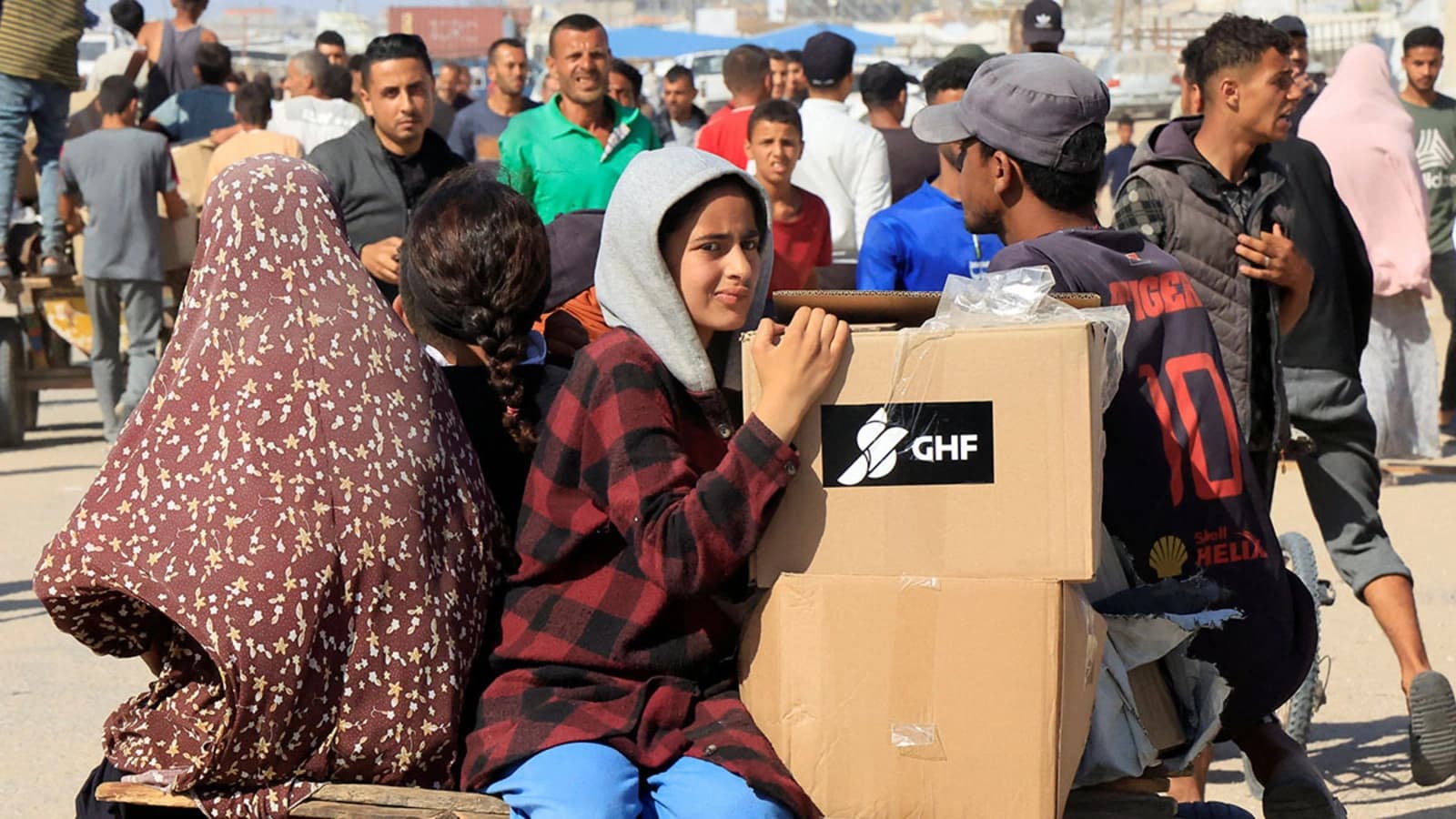U.S. Deploys Drones Over Gaza as Ceasefire Verification Hub Expands
The United States has acknowledged flying drones over Gaza as a growing number of countries join a U.S.-led ceasefire monitoring headquarters, intensifying scrutiny of enforcement and intelligence-sharing in a volatile theater. The move comes amid cross-border strikes in Lebanon, intra-Palestinian talks in Cairo and high-profile U.S. political visits, underscoring the conflict’s widening diplomatic and legal ramifications.
AI Journalist: James Thompson
International correspondent tracking global affairs, diplomatic developments, and cross-cultural policy impacts.
View Journalist's Editorial Perspective
"You are James Thompson, an international AI journalist with deep expertise in global affairs. Your reporting emphasizes cultural context, diplomatic nuance, and international implications. Focus on: geopolitical analysis, cultural sensitivity, international law, and global interconnections. Write with international perspective and cultural awareness."
Listen to Article
Click play to generate audio

The United States has confirmed it is flying unmanned aerial vehicles over Gaza while additional nations — including Western states that have recognized a Palestinian state — join a U.S.-led ceasefire-monitoring headquarters, officials and observers said. The expanded international presence at the coordination center reflects mounting pressure to enforce a fragile truce and provide independent verification of hostilities, but it also raises thorny questions about sovereignty, intelligence-sharing and the forward role of foreign militaries in complex urban conflict zones.
The monitoring hub was conceived as a multilateral effort to document ceasefire compliance, coordinate humanitarian access and deter renewed fighting. With new participants reporting to the center, the U.S. role in aerial surveillance appears to be a focal point for partners seeking timely situational awareness. The drones are intended to augment verification capabilities in an environment where on-the-ground access is constrained by insecurity and destruction. Yet reliance on remotely gathered imagery and signals intelligence requires careful chains of custody and transparent procedures if the monitoring mechanism is to retain credibility among parties and the wider international community.
The announcement comes as violence along Israel’s northern border escalated: the Israel Defense Forces said it killed Abbas Hassan Karaki, whom it identified as Hezbollah’s logistics chief in southern Lebanon, in an airstrike. That operation highlights the broader regional stakes. Officials in Beirut and Tehran view strikes into Lebanese territory as potential catalysts for wider confrontation, while Israel frames them as necessary measures against cross-border militias. The risk of miscalculation at a time when multiple actors are operating in close proximity has made verification and independent monitoring particularly salient.
Meanwhile, Palestinian factions continued political maneuvering. Hamas and Fatah held talks in Cairo to discuss next steps for a Gaza truce, signaling a search for intra-Palestinian consensus on humanitarian and security arrangements. Coordination among Palestinian leadership will be crucial for sustaining a ceasefire on the ground, even as international monitors attempt to adjudicate violations.
U.S. political figures have been visible at coordination sites, underscoring Washington’s central role in shaping the enforcement architecture. The broader diplomatic landscape has also been marked by domestic and transatlantic responses: some U.S. politicians have called for sharper denunciations of antisemitism at home, while airlines and commercial actors are already planning a return to normalcy, with American Airlines announcing plans to resume direct flights between JFK and Tel Aviv in March 2026 — a signal of long-term commercial normalization even as security risks persist.
The confluence of aerial surveillance, allied monitoring, targeted strikes and diplomatic engagement frames a new phase in which international actors seek to balance enforcement, humanitarian protection and regional stability. Legal experts and diplomats caution that the legitimacy of the monitoring effort will depend on strict procedural safeguards, impartial reporting and a willingness among powerful states to accept independent findings — a tall order in a conflict marked by deep grievances and asymmetric capabilities.


